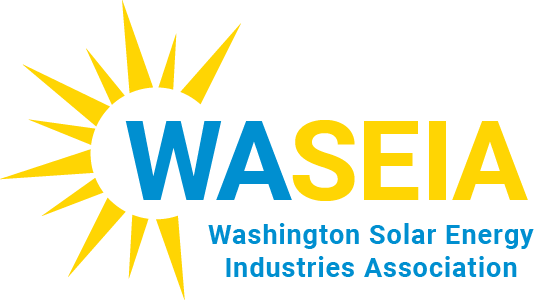Local rooftop solar alone isn’t enough by itself to completely decarbonize our electrical grid. We’ll still need other renewables, including utility scale solar and wind. Offshore wind farms and tidal/wave power projects will also contribute at some point after 2030.
Plus, a carbon free economy also means electrification of buildings and transportation, from passenger cars, to heavy trucks and ferry boats. That means total demand for electricity will double by 2045 from 2020 levels. Washington’s grid will need every green electron it can get!
There are lots of reasons we should install solar on every rooftop where it’s practical. Pairing solar panels with batteries brings the added benefit of shielding individual homes from brownouts and power outages. Those individual homes can be networked into blocks and entire neighborhoods to form “micro-grids” that can offer that same protection to a wider area.
Another huge advantage of local solar is that it neatly leverages existing electric transmission lines. And it can be built quickly. And since panels are being deployed in the “already built” environment, crop and rangeland isn’t disturbed and can be left to those uses.
The Achilles’ heel of utility scale wind and solar is transmission – both congestion on existing lines and the expense of building new ones. Billions of dollars worth of large scale wind and solar are backlogged right now because there aren’t enough power lines to get the electricity from where it’s produced to population centers.
Local solar can be built in weeks instead of being backlogged for years.

